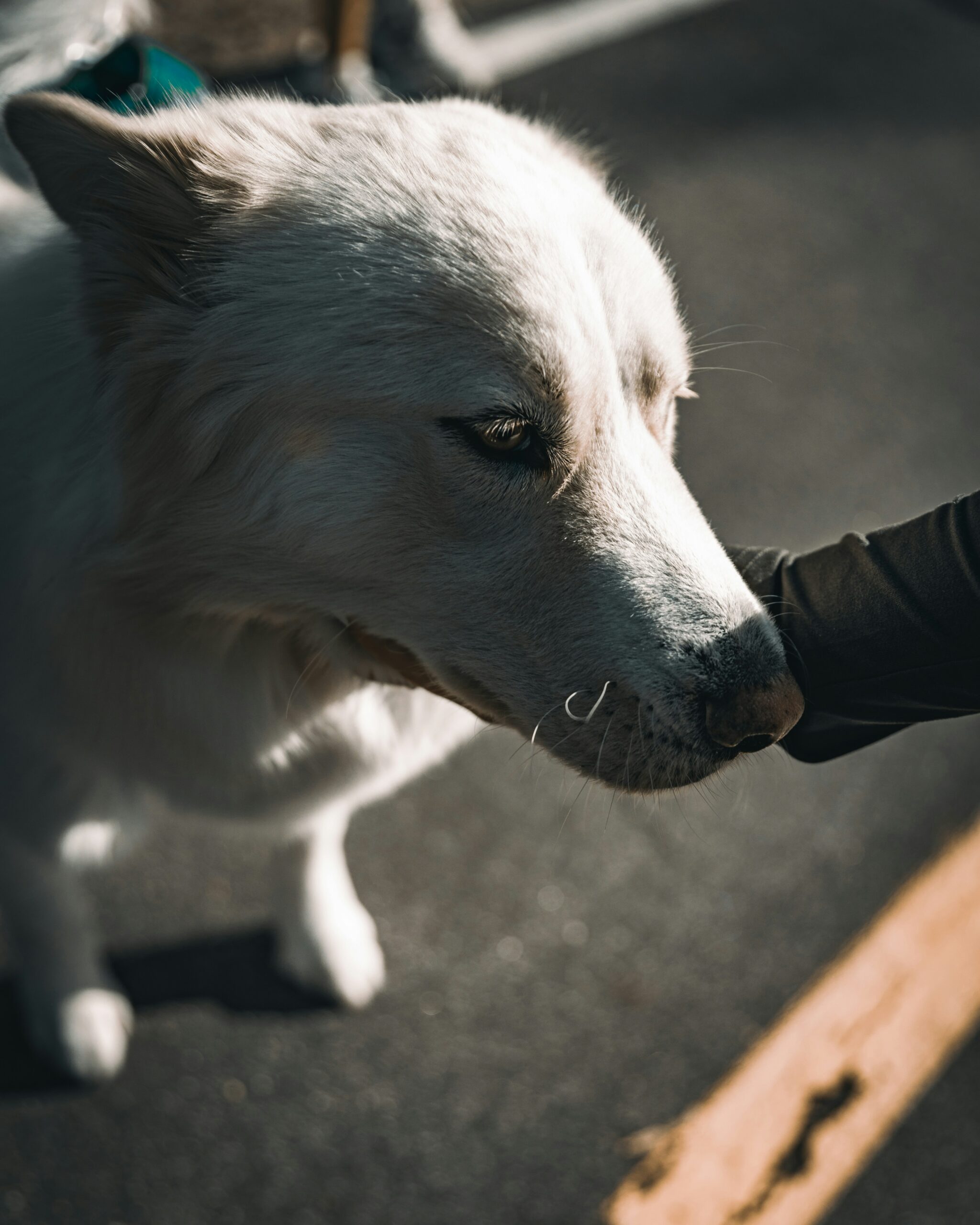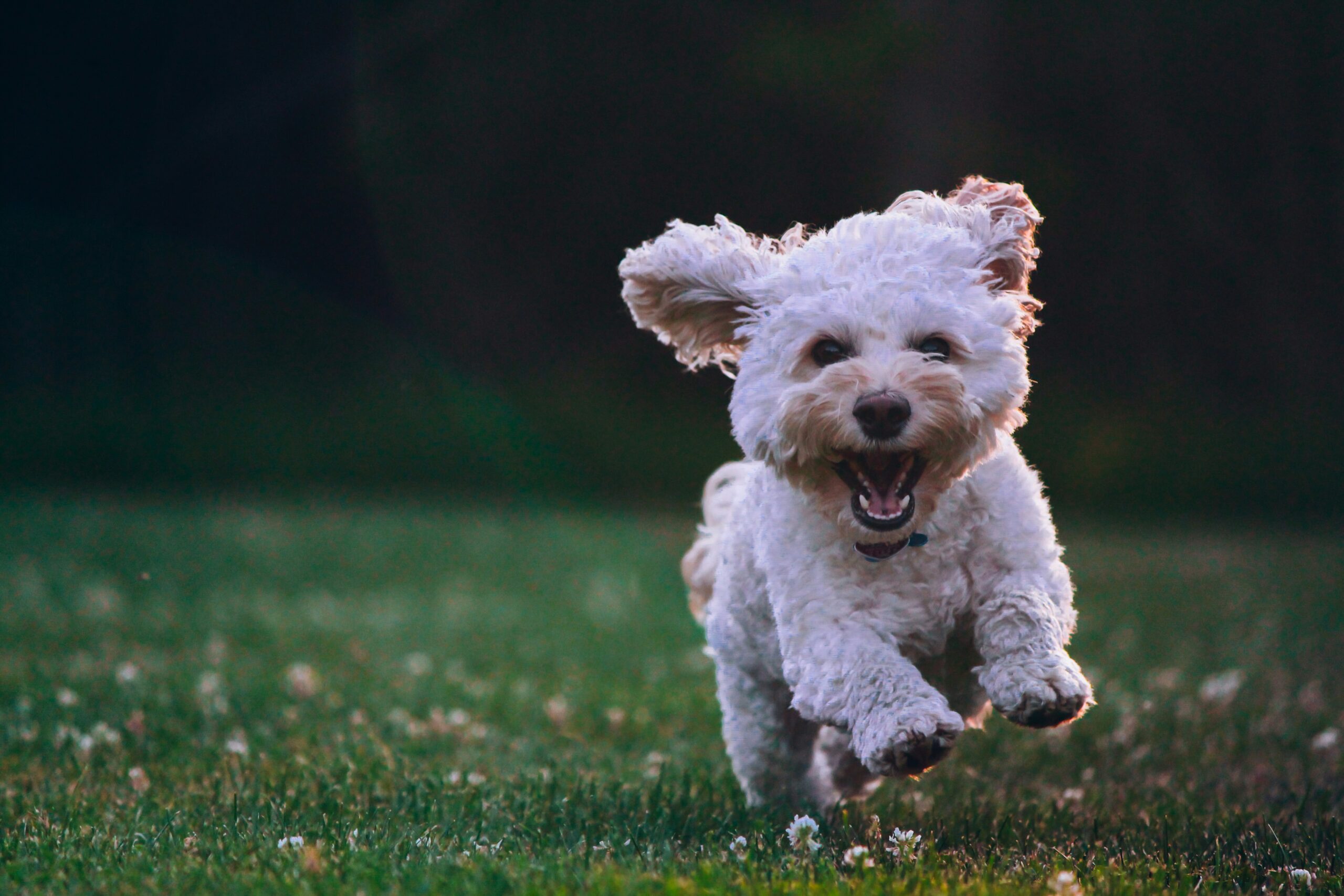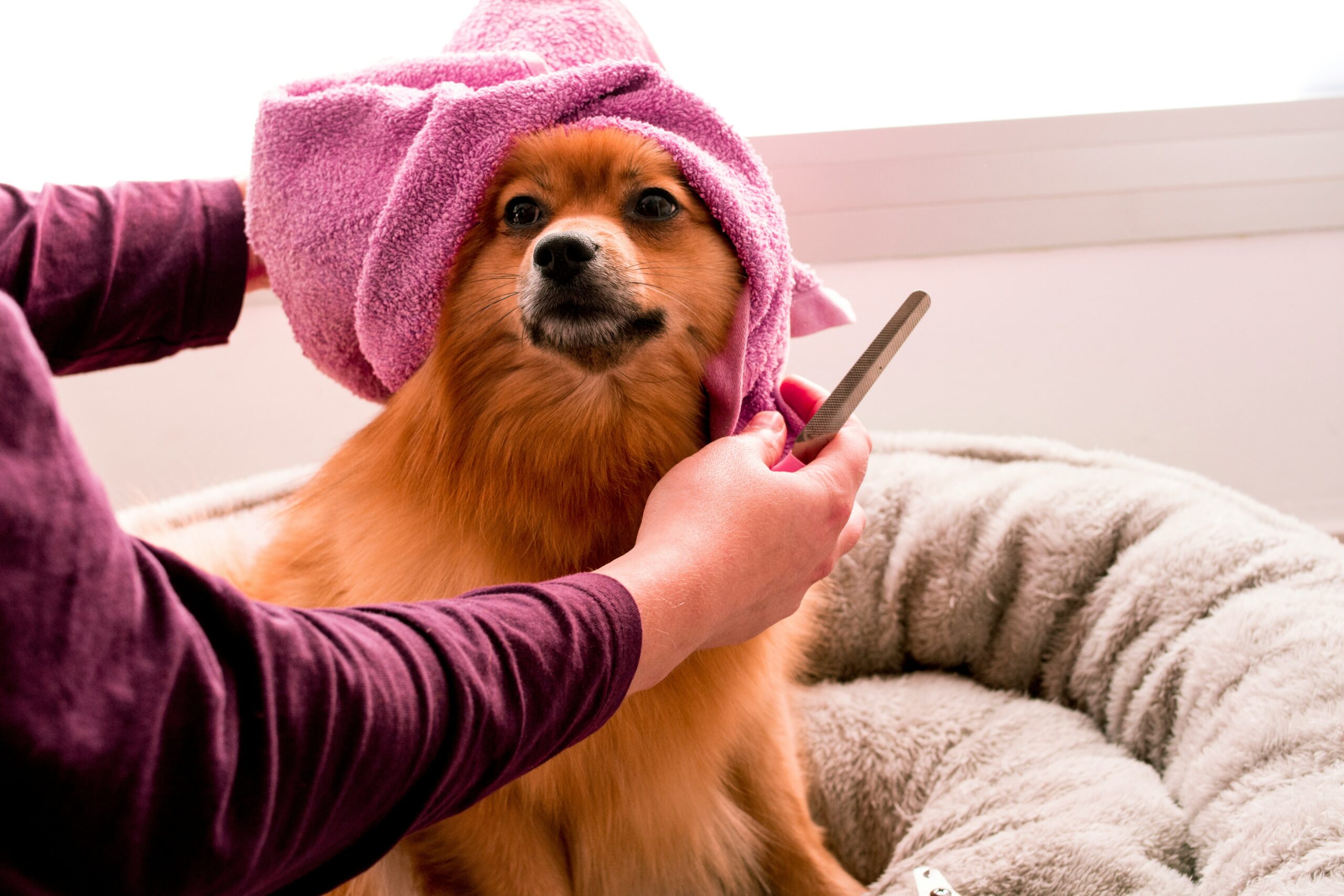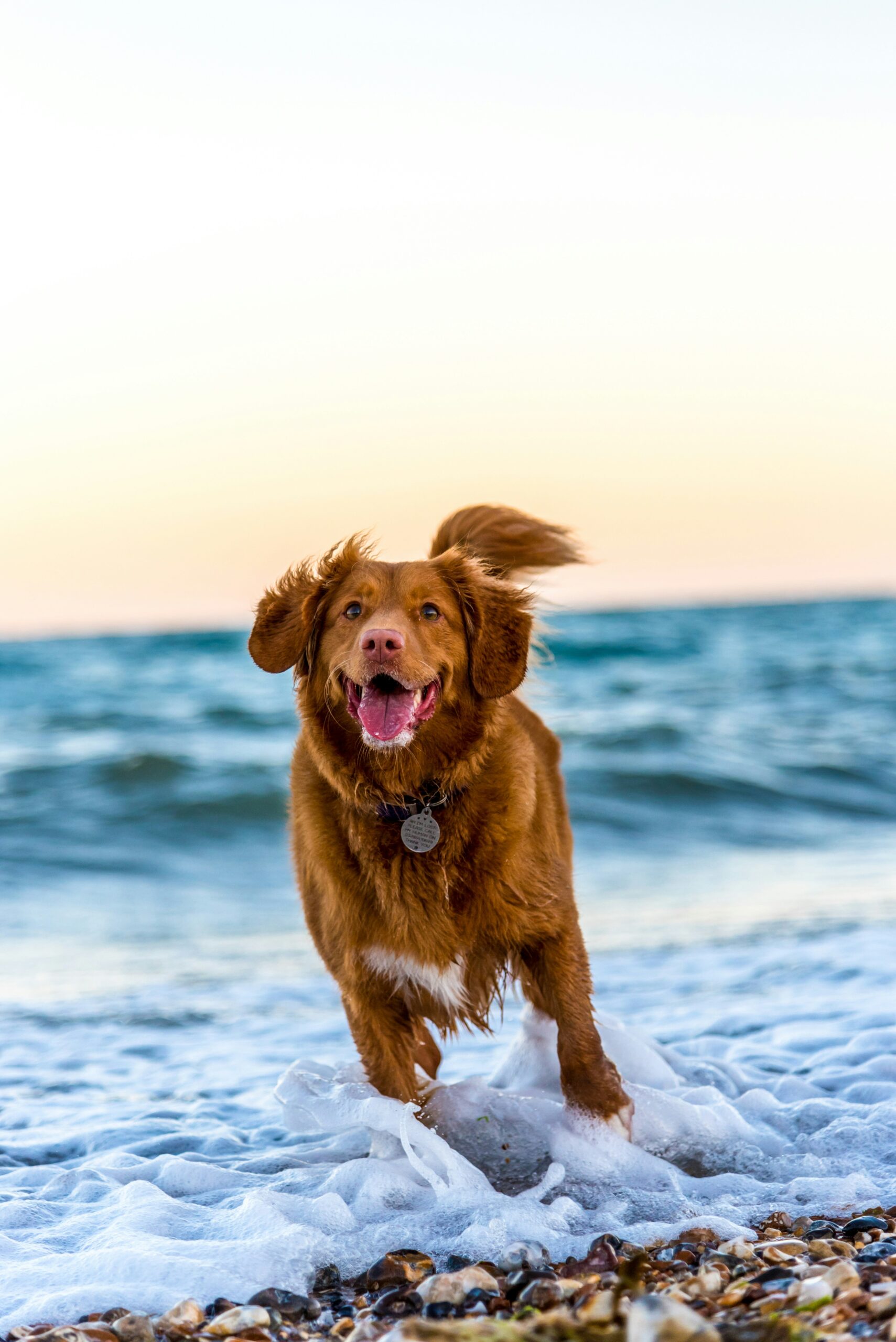Getting bitten by a dog can be a frightening experience — even if the wound seems small. Whether it’s a stranger’s dog or your own pet, it’s important to act quickly and responsibly. Dog bites can cause infections, deep wounds, or even transmit diseases like rabies. Knowing what to do right after the incident can protect your health and prevent further complications.
1. Stay Calm and Get to Safety
The first reaction after a bite is often fear or anger, but staying calm is essential. If the dog is still nearby, move away slowly without making sudden movements or loud noises. Avoid running, as this could provoke the dog again. Once you’re at a safe distance, take a deep breath and focus on what to do next.
2. Control the Bleeding
If the bite caused bleeding, apply gentle pressure using a clean cloth or sterile gauze. If the bleeding is heavy and doesn’t stop after 10–15 minutes, seek medical help immediately. Try to keep the affected area raised — for example, if it’s your hand or arm, hold it above heart level to slow the blood flow.
3. Clean the Wound Properly
Cleaning the wound is one of the most important steps. Rinse the bite area with clean running water for several minutes. Use mild soap and make sure to remove any dirt or debris. Avoid using harsh chemicals like alcohol or hydrogen peroxide, as they can damage the skin tissue and delay healing.
After cleaning, cover the wound with a clean, dry bandage or sterile dressing. Keep it covered to protect it from bacteria.
4. See a Doctor or Healthcare Professional
Even if the bite looks minor, it’s best to consult a doctor — especially if the skin was broken. A medical professional will assess the risk of infection, clean the wound more thoroughly if needed, and decide whether you need antibiotics or a tetanus shot.
If the dog’s vaccination status is unknown, your doctor may recommend a rabies vaccine series. Rabies is rare in many countries but still extremely dangerous. Don’t take chances — always get medical advice.
5. Gather Information About the Dog
If possible, find out who owns the dog and whether it’s vaccinated. Write down the owner’s name, phone number, and address. If the dog is a stray, take note of its appearance, behavior, and where the incident happened. This information will be useful for healthcare providers and local animal control authorities.
6. Report the Bite to Local Authorities
Reporting the bite isn’t about getting the owner in trouble — it’s about preventing future incidents. Contact your local animal control, health department, or police to report what happened. They may need to observe the dog for signs of illness or aggression.
7. Watch for Signs of Infection
Over the next few days, keep an eye on the wound. If you notice redness, swelling, warmth, pus, or increased pain, it could mean an infection is developing. Fever or fatigue are also warning signs — if you experience any of these, see a doctor again immediately.
8. Take Care of Your Emotional Well-Being
Dog bites can be emotionally stressful, especially for children or those who fear animals. It’s normal to feel anxious around dogs afterward. Try to process the event calmly, and remember that not all dogs are dangerous. Talking to a professional or spending time with friendly, well-trained dogs can help rebuild confidence.
A dog bite should never be ignored, no matter how small it seems. Quick action — cleaning the wound, seeking medical advice, and reporting the incident — can prevent serious health risks. By staying calm and informed, you can protect yourself and others.
And remember: most dogs bite out of fear or defense, not cruelty. Understanding their behavior and practicing responsible pet care can reduce the risk of bites in the future. Awareness and compassion go hand in hand when it comes to living safely with our four-legged friends.



